In an era where digital storytelling dominates, the Shadow Theater Workshop: Cultivating the Art of Light and Shadow emerges as a refreshing return to tactile, imaginative narrative forms. This unique workshop invites participants to explore the ancient yet ever-evolving craft of shadow puppetry, blending tradition with contemporary storytelling techniques. Far from being a mere nostalgic revival, the program positions shadow theater as a vital medium for developing visual literacy, spatial reasoning, and nonverbal communication skills essential in our media-saturated world.
The workshop unfolds as a journey through three interconnected dimensions of shadow play: materiality, movement, and metaphor. Participants begin by crafting their puppets from translucent materials, discovering how different textures interact with light to create emotional tones. The process of cutting leather or paper into delicate silhouettes becomes a meditation on negative space, where what isn't present speaks as loudly as what remains. Seasoned facilitators emphasize that these tangible creations serve not as endpoints, but as starting points for narrative exploration.
What distinguishes this workshop from conventional theater programs is its profound emphasis on light as an active storytelling partner. Through hands-on experiments, participants learn to manipulate light sources to alter moods, suggest environments, and even symbolize psychological states. A single bulb's position—whether placed close to create sharp, dramatic shadows or diffused to produce ethereal glows—can fundamentally transform a scene's meaning. This kinetic understanding of illumination proves particularly valuable for digital content creators seeking more dynamic visual approaches.
The program's middle sessions focus on choreographing shadow movements to convey complex narratives without dialogue. Participants discover how the speed of a puppet's approach, the angle of its retreat, or the rhythm of its gestures can communicate emotional subtext more powerfully than words. These exercises reveal shadow theater's unique capacity to express universal human experiences through abstraction, allowing audiences to project their interpretations onto the silhouettes. Many attendees report that these lessons profoundly influence their approach to other art forms, from animation to contemporary dance.
Contemporary applications of shadow techniques form a crucial component of the workshop's final phase. Participants experiment with combining traditional puppetry with digital projection, exploring how smartphone lights or LED strips can create modern shadow effects. Surprisingly, these technological integrations often lead participants back to appreciating the purity of traditional methods, creating a dialectic between old and new that enriches both approaches. The workshop culminates in participants creating short shadow narratives that often surprise even their creators with their emotional depth and visual poetry.
Beyond technical skills, the workshop fosters a particular quality of attention that founder Elara Kostova calls "shadow consciousness"—the ability to perceive potential narratives in everyday patterns of light and darkness. Participants describe developing a new way of seeing their environments, noticing how morning light transforms kitchen objects into dramatic characters or how streetlights create evolving narratives on urban walls during evening commutes. This perceptual shift represents perhaps the workshop's most enduring gift: the awakening of what Kostova terms "the storyteller's third eye."
The workshop's interdisciplinary appeal draws visual artists seeking narrative skills, writers exploring nonverbal storytelling, educators developing engaging teaching tools, and therapists using projective techniques. This diversity creates a rich collaborative environment where a graphic designer might help a poet visualize metaphors, while a preschool teacher shares insights about universal visual languages. Such cross-pollination leads to unexpected creative hybrids that frequently surprise even the facilitators.
Practical outcomes extend beyond the workshop space. Past participants have adapted shadow techniques for diverse applications: creating immersive museum installations, designing innovative product presentations, developing therapeutic tools for nonverbal clients, and even crafting unique music video concepts. The workshop's emphasis on resourcefulness—creating compelling narratives with minimal materials—proves particularly valuable for artists working with limited budgets but unlimited imagination.
As the workshop concludes, participants often express astonishment at how working within shadow theater's constraints has actually expanded their creative possibilities. The limitations of two dimensions and monochrome palette paradoxically free them from the paralysis of infinite digital options. In an age of overwhelming sensory input, the workshop offers what one participant described as "the creative clarity that comes from working in shadows." This unexpected result points to shadow theater's continued relevance not despite but because of its simplicity in our complex technological era.
Upcoming sessions promise further innovations, including collaborations with hologram artists and experiments with kinetic shadow sculptures. Yet at its core, the workshop remains committed to shadow theater's most enduring lesson: that sometimes, by focusing on the darkness, we see light—and stories—in entirely new ways. Those interested in this transformative experience will find the next cycle of workshops announced on the full moon of each season, a nod to the celestial body that first taught humanity about the poetry of shadows.

By /Jul 9, 2025
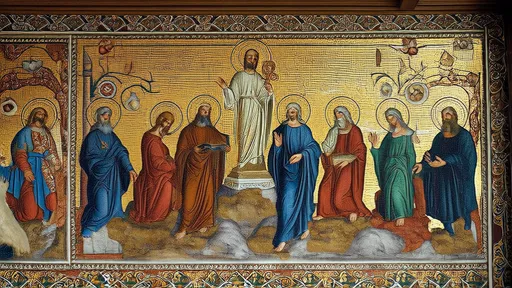
By /Jul 9, 2025
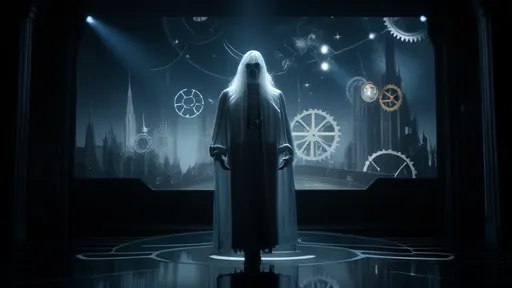
By /Jul 8, 2025

By /Jul 8, 2025
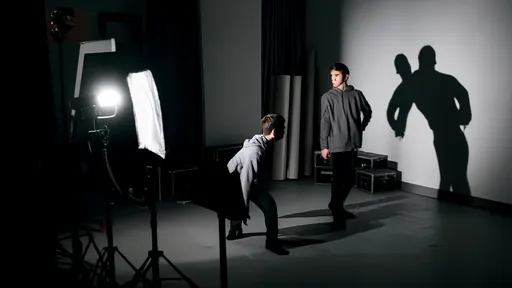
By /Jul 8, 2025
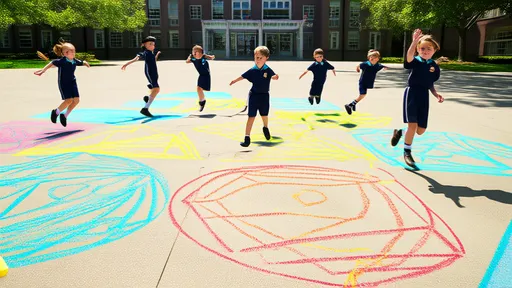
By /Jul 8, 2025
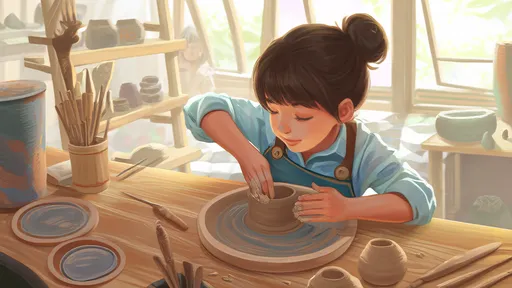
By /Jul 8, 2025
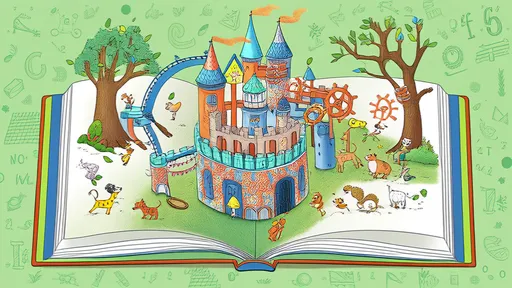
By /Jul 8, 2025

By /Jul 8, 2025
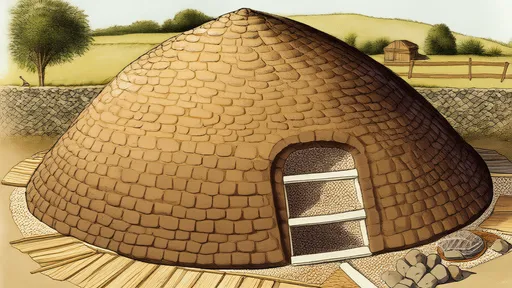
By /Jul 8, 2025
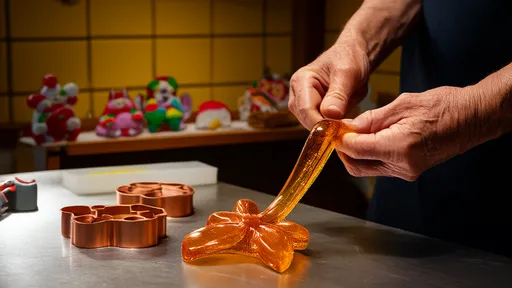
By /Jul 8, 2025
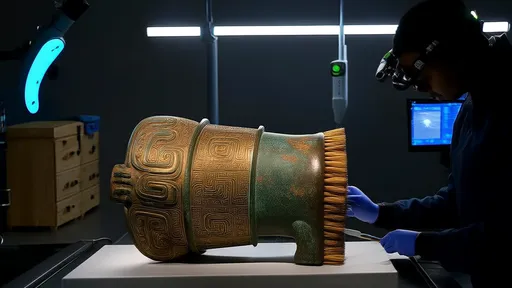
By /Jul 8, 2025
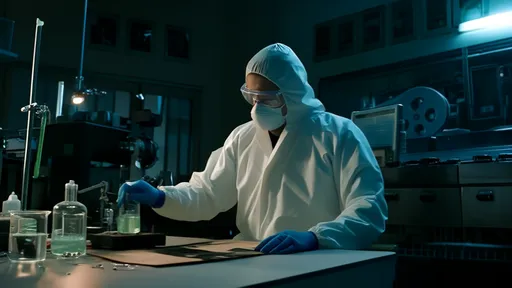
By /Jul 8, 2025
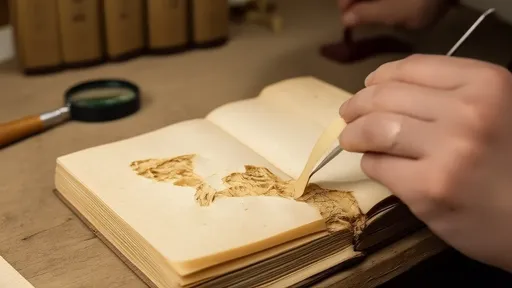
By /Jul 8, 2025

By /Jul 8, 2025

By /Jul 8, 2025
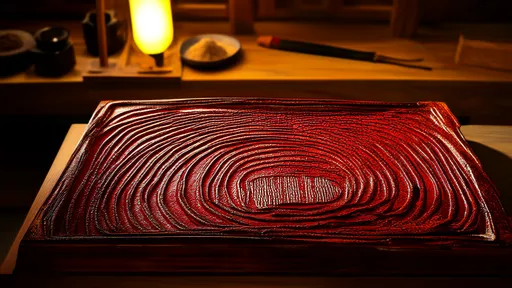
By /Jul 8, 2025

By /Jul 8, 2025